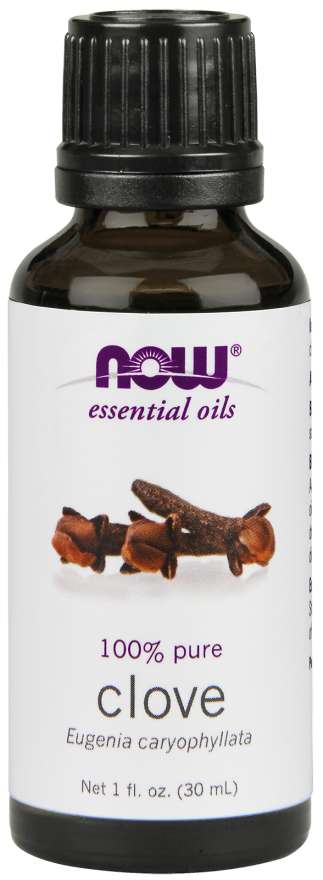Bergamot has natural antiseptic properties and has a nice, fresh, slightly green, slightly lemony scent. Bergamot is best known as an ingredient in Earl Grey tea.
Cedarwood has a great woodsy scent without being overpowering. It has antbacterial and antifungal properties and is said to help with increasing circulation.
Clove oil gives blends a wonderful, slightly spicy depth. Like the oils listed above, it has natural antiseptic qualities and is also said to help with hair growth and preventing hair loss.
Rosemary oil is used to help with strengthing hair, it also has a nice, fresh scent. It can help with reducing skin redness and stimulate circulation around hair follicles, encouraging hair growth.
Other oils with benefits for beards would be lavender, tea tree, peppermint, and patchouli, so feel free to experiment with scents in making your beard oil.
Essential oils should always be mixed with a carrier oil before being applied to the skin, since essential oils are very strong and can irritate the skin when not diluted.
There are many different carrier oils available, though we recommend using jojoba oil for this recipe since that oil is closest to the skin’s natural oils and helps to protect and moisturize hair without feeling oily. It also helps to prevent acne and skin irritation around the beard.
DIY Beard Oil:
1 oz dropper bottle (we sell amber glass dropper bottles at the store)
Jojoba oil
5 drops cedarwood essential oil*
4 drops bergamot oil*
3 drops clove oil*
3 drops rosemary oil*
*Alternately, you could do a combination of 15 drops total of any of the essential oils for beards listed above.
To make the beard oil, fill an empty 1 oz dropper bottle with 15 drops of essential oils (either the oils listed above or any others you prefer) and then fill the rest of the way with jojoba oil. Make sure to not fill the bottle too high with oil so it doesn’t overflow when the dropper is put back in.
To use, apply on a freshly washed beard, warming the oil in your hands before rubbing on to the beard. Once the oil has been applied and gently rubbed in, it can be helpful to use a comb on the beard depending on length.
The amount needed depends on the length of the beard. Shorter beards might only need 2-3 drops, whereas a longer beard may need 4-6. Experiment with what works best for you. Apply once or twice a day to encourage beard growth and to condition your beard.
In particular, we recommend our NOW brand of essential oils. They’re a local company that makes high quality essential oils for a very reasonable price. They test each batch of their essential oils for purity and quality (read more about their testing methods here). Stop by the store to try them out- we have essential oil testers of each essential oil we sell- at 7228 W. College Drive in Palos Heights, IL.















